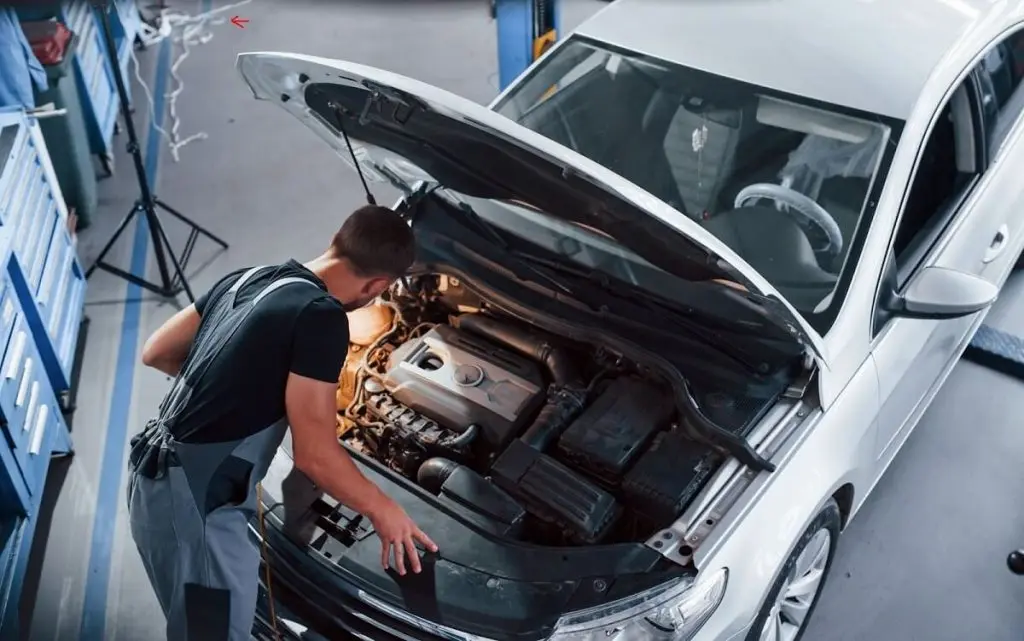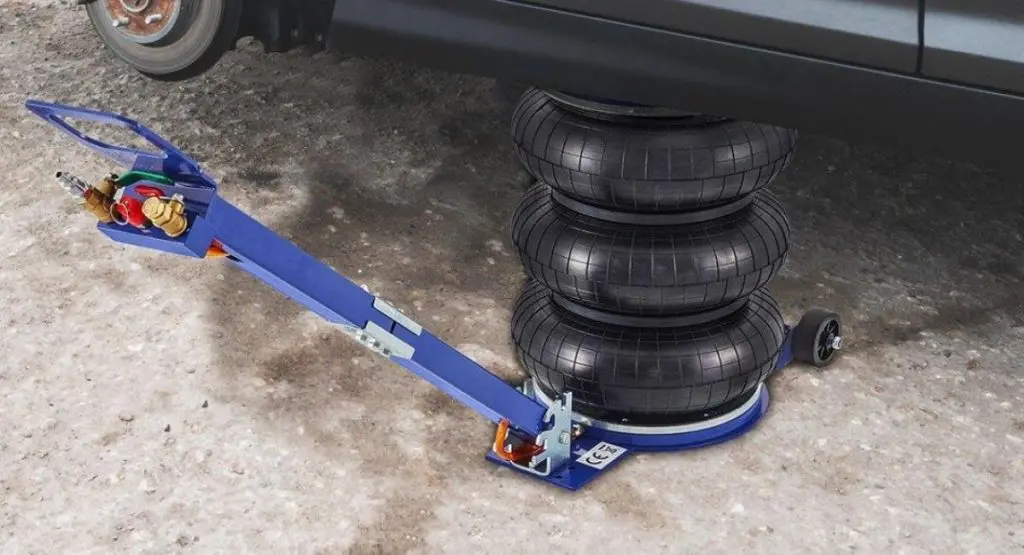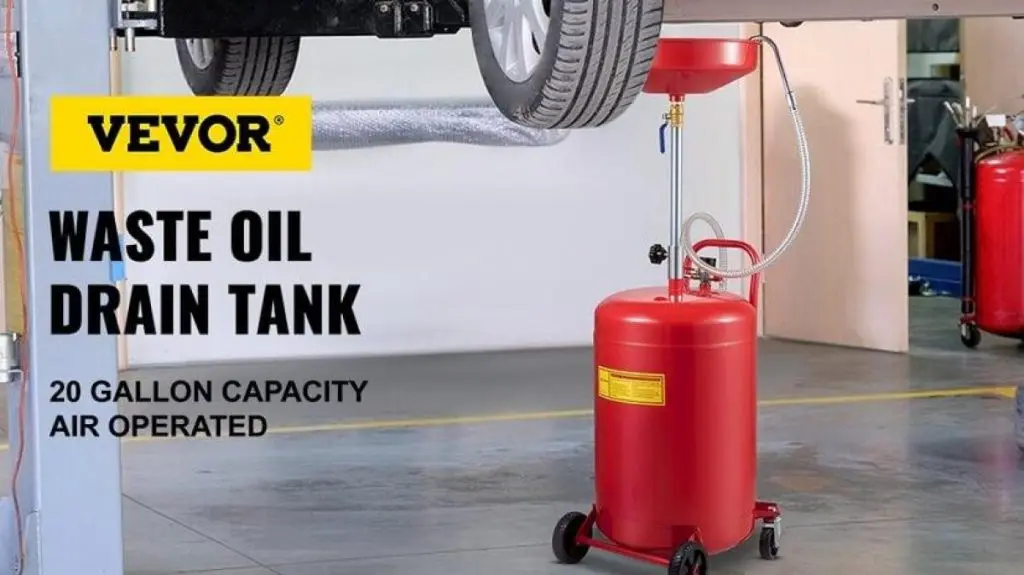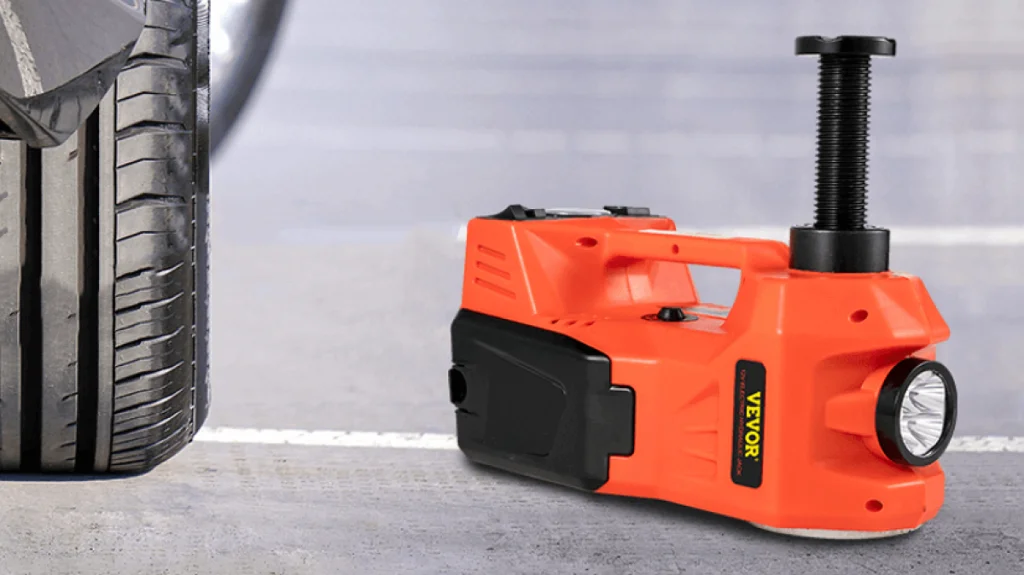The EA888 series engines produced by Volkswagen have significantly impacted the world of automotive engineering. These TSI / TFSI engines have undergone many changes over the past decades. They are now appreciated for their exceptional performance, efficiency, and reliability, making them a popular choice for many automotive brands.
For resellers in the automotive industry, understanding the characteristics and advantages of the EA888 engines can be a game-changer. This article reports the specifics, the main advantages, and issues of these engines, together with an overview of their evolution over time and different models.
Specs and Design
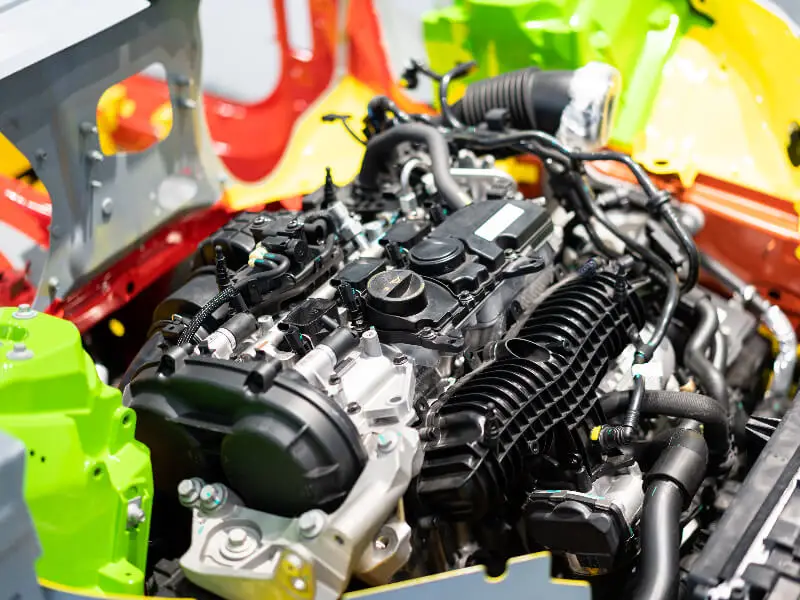
It’s not easy to access the specifics of an EA888 engine as it can come in different variations and even “generations.” In general, these engines are built to allow a considerable reduction in internal friction between their mechanical components and overall weight compared to others.
The injection pressure reaches a maximum value of 200 bar thanks to a high-pressure direct injection installed directly on the cylinder head. The exhaust manifolds, extraordinarily compact and integrated with the engine head, are liquid-cooled.
These direct injection engines feature a dual overhead camshaft that improves the control over the engine’s valve lift and timing, an electric wastegate for better turbocharger response, and a Bosch engine control unit to optimize efficiency and performance.
The Evolution of EA888 Engines
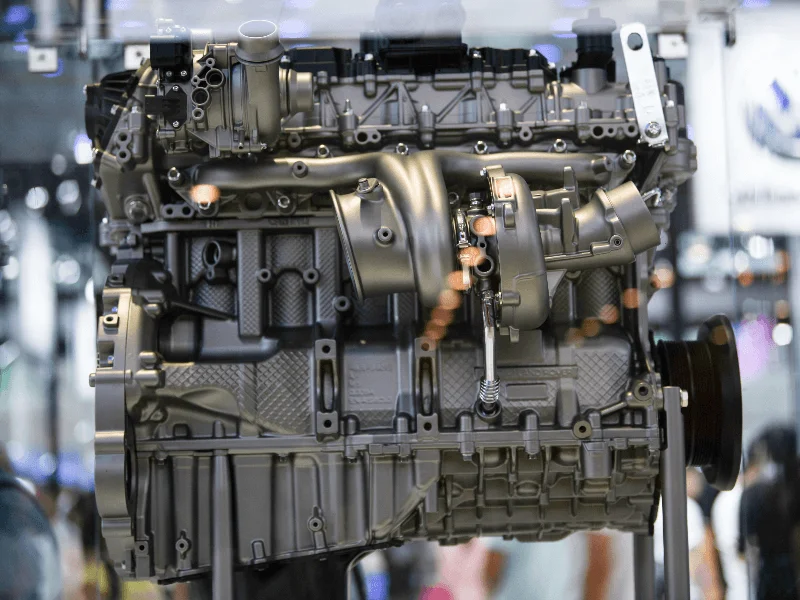
The name of these engines comes from Volkswagen Group – every product developed by the company gets an “EA” as in “Entwicklungsauftrag,” which in English translates to “development assignment.”
EA888 engines have been invented to replace 1.8 and 2.0 EA113 (TSFI) engines, and a division of Audi developed this new line of engines. That is why, at the beginning, these engines were mounted only on the cars of this brand.
Initially, the dipstick was moved from the right side to the left side, next to the valve cover, and the oil filter had also found its place on the left, next to the inlet manifold, directly visible. However, over the years, EA888 engines have gone through four evolutions (generations): Gen 0/1, Gen 2, Gen 3, and Gen 3B.
Gen0 and Gen1 EA888 Engines
In 2006, a 1.8 TFSI engine with a timing chain became the first engine of the new EA888 type, what is now called “Gen 0.” This engine was installed transversely in the Audi A3 for the first time and was actively used in vehicles between 01.2007 and 06.2007.
After this brief period, Volkswagen’s engineers decided to change the ventilation and install a longitudinal, adjustable oil pump, thus creating Gen1 EA888 engines.
The Problematic Gen2

The transition from Gen1 to Gen2 happened in 2008, when the engine underwent a modernization process, which, unfortunately, also led to some of the common problems EA888 engines are known for – high oil consumption and high fuel consumption, a stretched timing chain, and excessive carbon deposits on the intake valves.
All these issues were the result of some of the upgrades to the second-generation engine, such as:
- A smaller crankshaft
- Thinner piston rings with tiny holes
- An adjustable fuel pump
- A new head gasket
On the bright side, TSI Gen 2 EA888 engines got the Audi Valvelift System (AVS) to change the lifting height of exhaust valves.
Gen3 EA888 Engines
EA888 Gen 3 engines began to be installed on Audi cars in 2011, while in 2012, they started to appear also in vehicles of other brands of the VAG concern: VW, SEAT, and Skoda. Also, in 2012, the 2.0 EA888 engine was developed and put into production.
The goal of this new generation was to replace Gen2 EA888 engines, increase fuel economy, and solve some other of the issues listed above. In fact, the changes that occurred were much more profound than a simple evolution:
- The cylinder block became lighter by reducing the thickness of its walls
- The crankshaft also became lighter
- The cylinder head received new camshafts, valves, and intake manifold with combined fuel injection (FSI + MPI)
Then, in 2016, the last generation of EA88 engines appeared and took the name of Gen3B. That year, 1.8 TSI engines disappeared; today, all Gen3B EA888 engines are available exclusively with a volume of 2 liters but with different power classes.
The 2.0 TSI BZ engine (1st power class – less powerful) shows that fuel consumption can be reduced even with an increase in volume. The 2.0 TSI engine (2nd power class – more powerful) operates on a standard cycle and has a more typical compression ratio of 9.6:1.
For the first time, the EA888 Gen3B engines were used on the Audi A4 (model 8W and turbo), subsequently appearing on other models from many other brands.
EA888 Engines Highlights
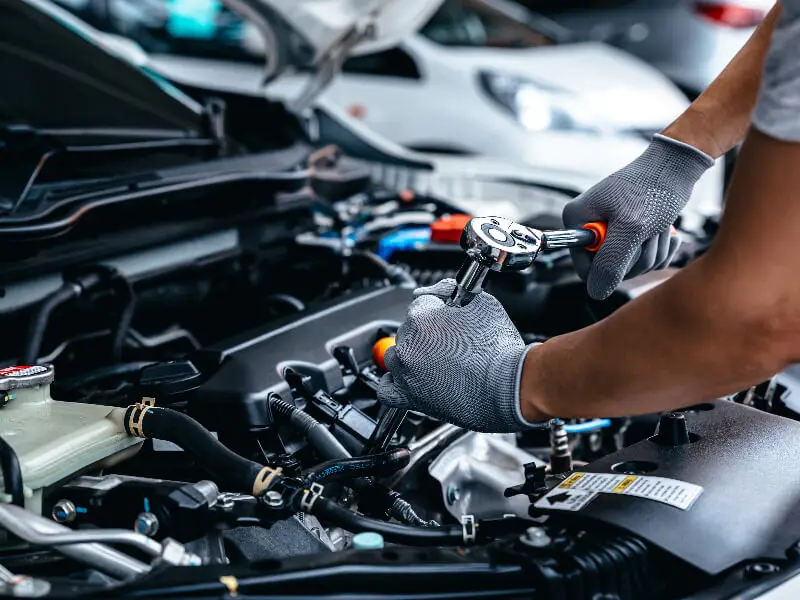
One of the reasons why EA888 engines of the last generation are so appreciated is that they ensure exceptional performance combined with high fuel efficiency – two critical factors for such sport cars as the Audi A series and Golf GTI.
People around the world love to drive cars equipped with EA888 engines because they provide a top-notch driving experience with seamless, rapid acceleration and high-power delivery in the RPM range. That is achieved with the help of a direct fuel injection system that leads to more power, better fuel economy, minimum delay, and lower emissions.
However, in EA888 engines, remarkable performance goes along with security and durability. They are manufactured using only high-quality materials and components that last in time, such as forged connecting rods, reinforced cylinder heads, and sturdy crankshafts.
Conclusion
From 2006 to the present, Volkswagen engineers have come a long way and overcome many challenges to make EA888 engines one of the most sought-after EA engine series worldwide, especially for Audi and VW car users.

